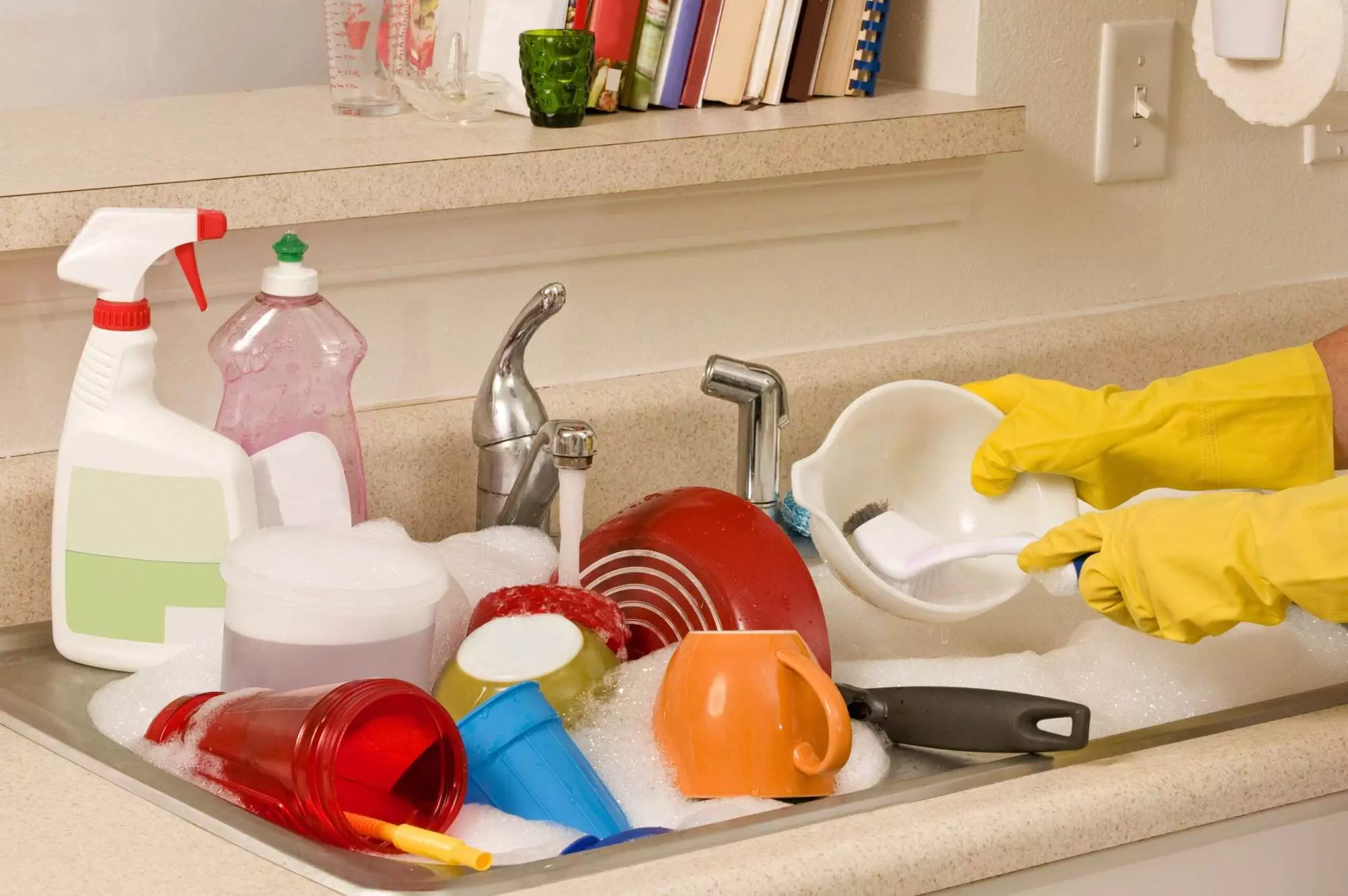Disinfection is the process of killing germs and bacteria on surfaces. It’s an important step to maintain a healthy environment, especially during pandemics when viruses are spread easily through contact with contaminated surfaces. In this blog post, we will discuss why disinfecting surfaces should be prioritized in homes and offices, common areas for disinfection, best practices for effective disinfection, and how to make it a routine.
Introduction to Disinfecting Surfaces
Disinfectants are chemical agents that kill pathogens such as viruses, bacteria, fungi, and spores. They can be applied to various surfaces including floors, countertops, doorknobs, light switches, and other frequently touched objects. The effectiveness of disinfectants depends on several factors such as the type of surface being cleaned, the amount of time the solution stays on the surface, and the concentration of the disinfectant.
Importance of Deep Cleaning and Sanitizing
Deep cleaning involves removing dirt, grime, and debris from surfaces using soap and water. However, simply wiping down surfaces may not remove all the germs and bacteria. That’s where sanitizing comes in. Sanitizers reduce the number of microorganisms on a surface to safe levels. During times like these, when people are more susceptible to illnesses, deep cleaning and sanitizing become crucial to prevent the spread of diseases.
Common Areas for Disinfection in Homes and Offices
The most commonly infected areas in homes and offices include bathrooms, kitchens, door knobs, keyboards, phones, and desks. These areas require frequent disinfecting because they are often used by multiple people throughout the day. Additionally, public spaces such as gyms, schools, and hospitals also need regular disinfecting to keep everyone safe.

Best Practices for Effective Disinfection
To ensure effective disinfection, follow these best practices:
1. Choose the right disinfectant – Select a product that is designed to kill the specific types of germs you want to eliminate.
2. Read labels carefully – Make sure the product is suitable for use on the surface you intend to clean.
3. Follow instructions – Always read and follow the manufacturer’s instructions regarding dilution rates, application methods, and safety precautions.
4. Allow enough time for disinfectants to work – Some products require longer contact times than others, so check the label to determine how long the solution needs to remain on the surface before wiping it off.
5. Use appropriate tools – Microfiber cloths or disposable wipes are ideal for applying and wiping off disinfectants without spreading germs.
Conclusion: Making Disinfecting a Routine
Maintaining a hygienic environment requires consistent effort. By incorporating disinfecting into your daily routine, you can help protect yourself and those around you from harmful pathogens. Remember to regularly clean high-touch surfaces, use proper techniques and products, and allow adequate contact time for disinfectants to work effectively.

